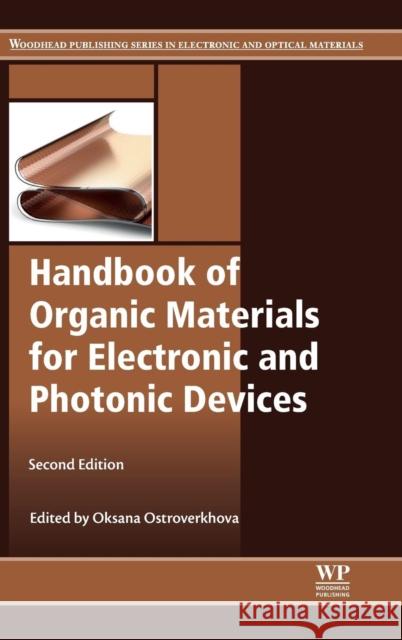Handbook of Organic Materials for Electronic and Photonic Devices » książka
topmenu
Handbook of Organic Materials for Electronic and Photonic Devices
ISBN-13: 9780081022849 / Angielski / Twarda / 2018 / 911 str.
Kategorie:
Kategorie BISAC:
Wydawca:
Woodhead Publishing
Seria wydawnicza:
Język:
Angielski
ISBN-13:
9780081022849
Rok wydania:
2018
Numer serii:
000454534
Ilość stron:
911
Waga:
1.36 kg
Wymiary:
22.91 x 15.19 x 4.78
Oprawa:
Twarda
Wolumenów:
01











